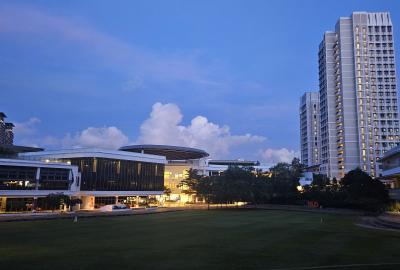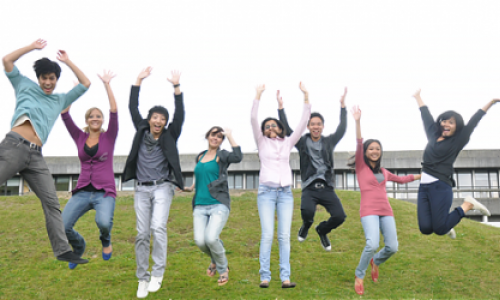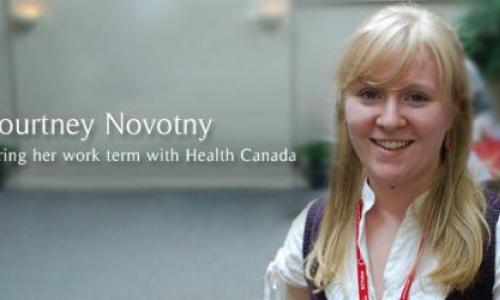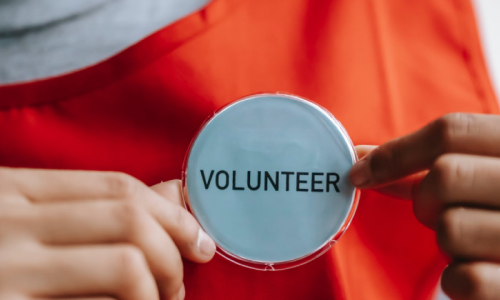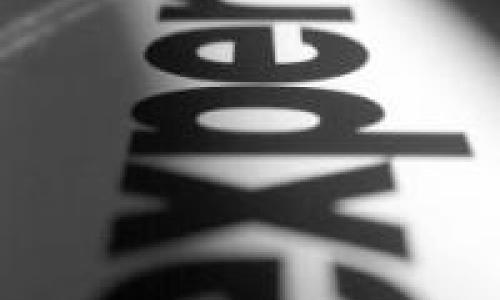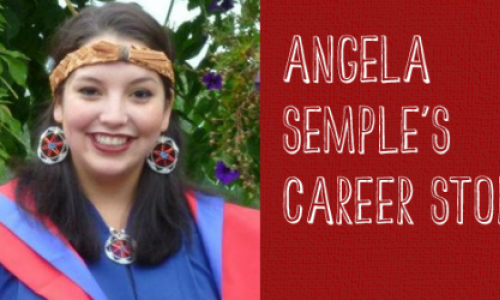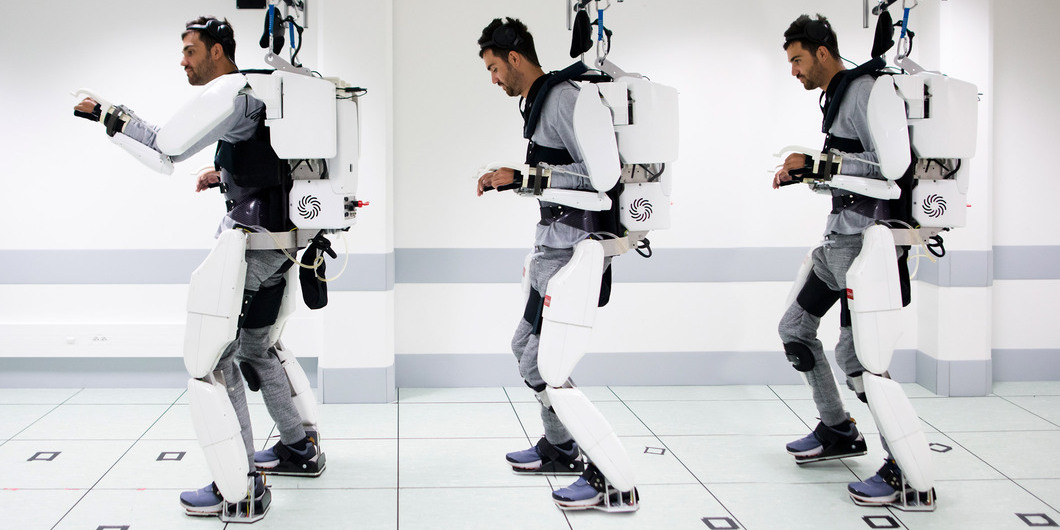
Pleased to meet you. My name is Brian, and I’m in the biomedical engineering program. Yes, I neglected to mention my year, because I’m not quite sure myself. But since you’re so curious, I think it’s somewhere between 3rd and 4th year, maybe around 3.33 (no, that’s not my GPA). This summer I’m doing a Co-op work term with Dr. Carlo Menon and his lab MENVRA to work on an exoskeleton arm, hence the title of this article. The exoskeleton assists people who have lost control or functionality in their arms due to maladies such as stroke. No, we’re not trying to build a flying, weaponized suit a.k.a. Ironman.
Whereas the exoskeleton uses motors as actuators, my job is to try to replicate its functionality using the patient’s own muscles. Despite having sets of serviceable muscle, patients may be unable to control them due to varying degrees of paralysis. One method to restore functionality is by compelling muscle contraction using electrodes. The fancy technical term for this is functional electrical stimulation (FES).
To build our FES-exoskeletal system, I do my best Tony Stark impersonation. In other words, I design and build the hardware, and then program the software. And then act like a wealthy, genius, playboy philanthropist, but without the money. It sounds simple enough, though there are definitely a lot of technical challenges. Whenever I get really stuck, the grad students and the professor are always willing to provide some helpful input. At MENVRA, we assist and support each other. Like an exoskeleton.
Aside from support, what I’d really like for Christmas is a bunch of human test subjects. Without them, I’m forced to verify the system’s performance on MENVRA’s sole consenting member; i.e. myself. This consists of passing an extremely safe amount of current over a muscle to illicit a contraction. I shock myself everyday for the sake of science. Since I’m right-handed, I prefer to run tests on my left arm since FES induces fatigue. (For this reason, FES is sometimes used to tone muscle without the hassle of going to the gym.) Actually, since you’re reading this, I have to assume you have some free time. If you’re willing to literally subject yourself to warm, fuzzy feelings for the sake of science, call me maybe. Safety is always our first priority, although there is arguably the danger of my left arm becoming better looking than the right.
My time at MENVRA has been a dynamic encounter. Each day brings its own triumphs and failures, and accompanying joy and sorrow; like writing this article for instance. Having gone through an entire iteration of research, design, fabrication, and testing, I’ve acquired a lot of valuable experience and enlightenment. The significance of this is currently proving difficult to articulate, so I’ll probably have to do some rephrasing for my resume (one of the many reasons I didn’t major in English). Among the successes, the FES project has progressed to the point of possible publication in a journal. So if you’re interested in re-reading this article but with bigger words and more confusing acronyms, look for MENVRA’s FES publication sometime in the future!
Beyond the Blog
-
Learn more about the Engineering Co-op program.



